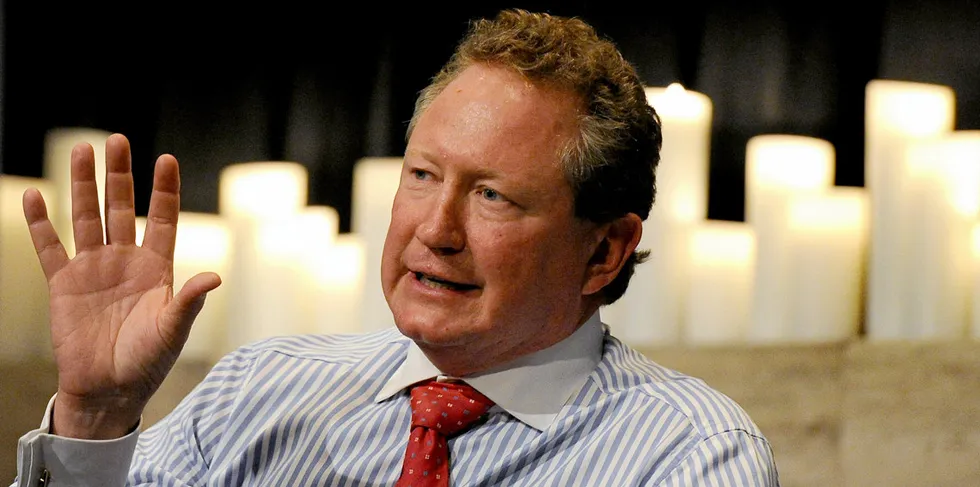Aussie billionaire aims to mine $8bn US fund for coal-to-hydrogen industrial conversion
Twiggy Forrest-owned Fortescue's project to tap renewable energy on Washington state grid – where surplus hydroelectric power usually exported to Canada and western seaboard – for clean hydrogen production at Centralia site
